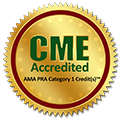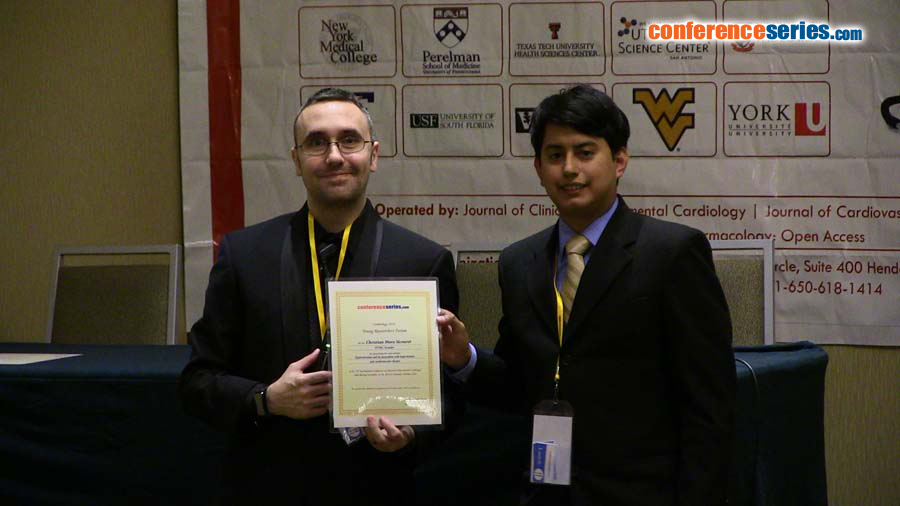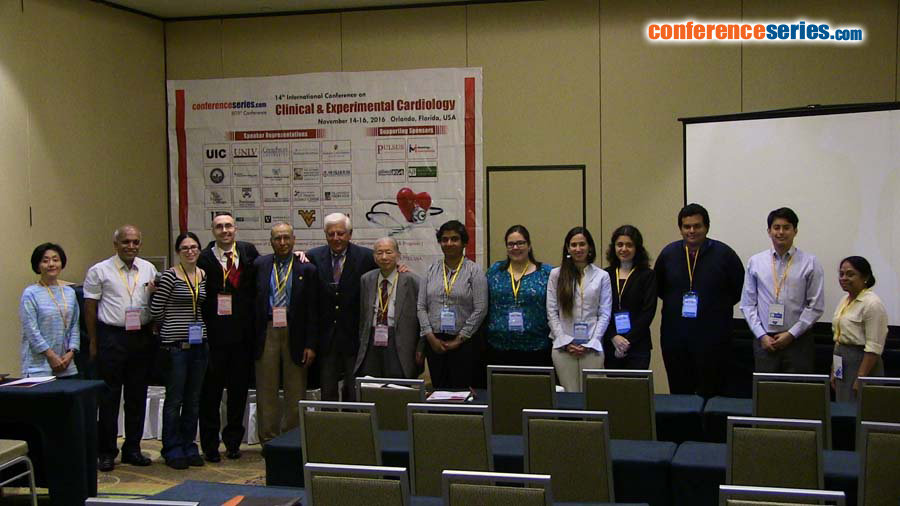
Christian Mora Sicouret
HTMC, Ecuador
Title: Hyperuricemia and its association with hypertension and cardiovascular disease
Biography
Biography: Christian Mora Sicouret
Abstract
Statement of the problem: It has been suggested that hyperuricemia is an independent risk factor for the development of hypertension and other cardiovascular disease development. Though their mechanisms are not entirely clear, recent studies suggest that high uric acid levels precede hypertension through endothelial dysfunction, activation of the renin-angiotensin system, endothelial nitric oxide production inhibition and oxidative stress induction, resulting in vasoconstriction of preglomerular arterioles and the consequent increase in blood pressure. Low-grade chronic inflammation has also been presented as another mechanism, when monosodium urate crystals active cell surface receptors by triggering proinflammatory cytokines synthesis. The purpose of this study is to highlight hyperuricemia association with hypertension and cardiovascular disease in correlation with several variables.
Methodology & Theoretical Orientation: 154 patients were chosen from a population of 600 for a retrospective, cross-sectional study carried at Teodoro Maldonado Carbo Hospital, Guayaquil, Ecuador, tending to correlate uric acid levels, time of hypertension, hyperuricemia and cardiovascular disease diagnosis, and to compare these results with literature available in medical databases.
Findings: An inverse correlation was found among uric acid levels and age (Rho= -0,309, P=0,000), showing the largest group affected is the one compromised by ages between 41-65 years old (M=9 related 10±7.34), most of which have hyperuricemia prior (5-10 years) to hypertension. Although ischemic heart disease was the most common pathology associated with hyperuricemia, the correlation with cardiovascular disease was not actually significant.
Conclusions: It has become evident that the appearance of hyperuricemia precedes hypertension in most patients, showing a correlation with uric acid levels where the most affected group is the one compromised by ages between 41-65 years old with a uric acid mean of 9.10 mg/dL. No significant link with cardiovascular diseases was shown.




